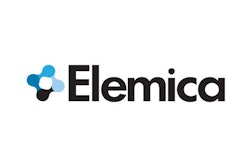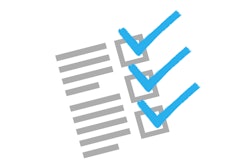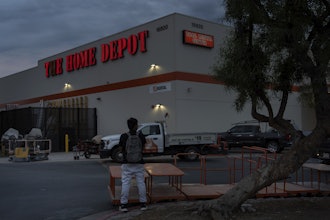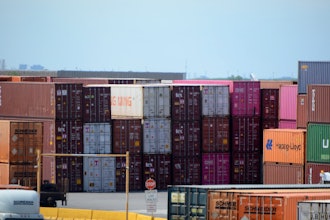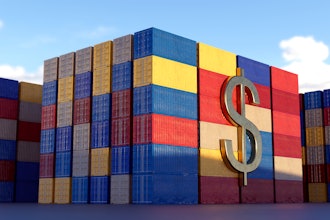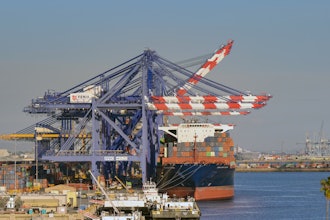Line of sight is the biggest challenge for all aspects of the supply chain, from the manufacturer to the wholesaler, distributor and the reseller, and even to the end consumer. This lack of visibility and resulting lack of control results in a number of issues, from stock losses to pricing inflation, uncertain availability, and increased time to market. Forecasting and trend reporting are also all but impossible since a complete view of the supply chain cannot be obtained. The ultimate goal for maximum efficiency and visibility is an integrated value chain where all systems communicate seamlessly. This delivers end-to-end insight and finally makes predictive analytics on the supply chain a reality.
Paper-Based Processes Cause Delays
Delays are arguably one of the biggest supply chain challenges. Paper-based processes are a significant component of this issue. When orders, paper delivery notes and invoices are generated, due to lack of visibility into stock levels available, what is ordered and what is actually delivered may differ. This means that the invoice then needs to be amended on delivery. Credit notes must be passed, or new invoices generated, creating additional timelines and complexities. This can also lead to inaccurate billing, loss of stock, loss of income and other financial effects. A live view of stock levels and the ability to generate an accurate invoice on delivery will mitigate these challenges, minimize delays, and improve the accuracy of orders, billing, and payments received.
Inefficiencies Can Cost Millions
The inefficiency of processes and the reliance on paper-based processes means players in the supply chain cannot manage what is actually being ordered and paid for. It is impossible to collect the correct payment on orders if there is no visibility into what orders have been placed and actually delivered. This could and often does lead to significant loss. In addition, FMCG goods are easily stolen and readily convertible to cash. Without visibility into orders placed and delivered it is impossible to know if stock is being stolen. All of these issues are difficult to identify and quantify without live or real-time information and insight.
Governance Challenges
The lack of visibility into stock levels leads to governance challenges, since there is no transparency in the process. The ability to manage stock levels, receipts issued and cash collected is key, and players in the supply chain need a full view of stock in, stock out, payments collected, invoices issued and more. Governance across all of these touchpoints is critical for a profitable business, which requires integrated systems and line of sight across the entire supply chain from start to finish.
Closing the Loop
A further challenge for parties in the supply chain is the inability to influence consumer behaviour. To ensure maximum success and profitability it is necessary to engage retailers and consumers using loyalty, rewards programs, and incentives. This requires an end-to-end ecosystem to link the manufacturer to the consumer and the consumer back to the manufacturer. This last mile is essential to fully deliver a transparent supply chain.
End-to-End Visibility
Addressing these challenges requires an integrated, mobility and cloud-based system that delivers the required visibility across the supply chain. An eco-system that delivers a direct ordering platform between the distributor and the manufacturer, with real-time stock levels and online ordering capability, can dramatically increase efficiency at the first stage. Distributors can better manage their stock levels, warehousing, and personnel, and stock can be tracked at any point no matter where in its journey it is.
Distributors are empowered to generate clean invoices on delivery and deliver accurate orders to retailers because they have visibility into manufacturers. Retailers have visibility and only need to pay for what they ordered and actually received. The need for credit notes to be passed is all but eliminated. Debtors and creditors can be incorporated into the eco-system for enhanced financial management. In addition, the loop can be closed to include loyalty programs and activations, giving full line of sight.
Armed with this data, manufacturers, distributors and retailers will be able to make use of intelligent dashboards to interpret data against key performance indicators and deliver real-time actionable insight. Structured reports can be pulled at any time, and automatic alerts can be configured if any exceptions occur. This enables real-time business management. Digital transformation of the supply chain will also enable data to be utilized for predictive analytics, enabling more agile and effective decision-making across the board.





